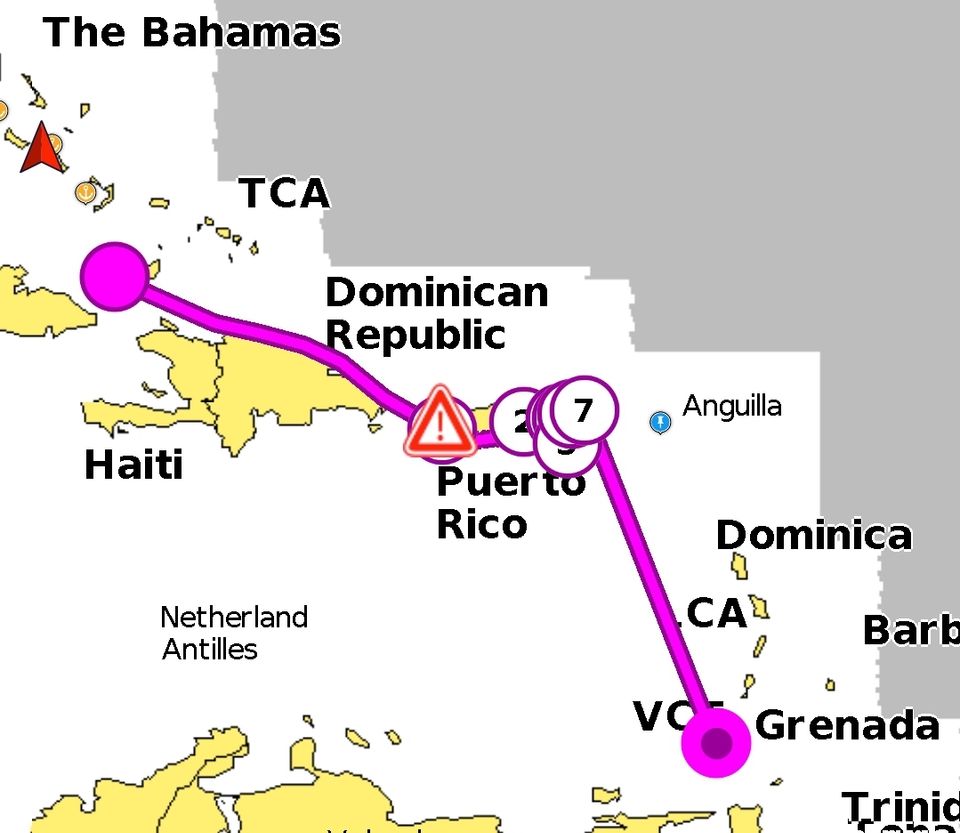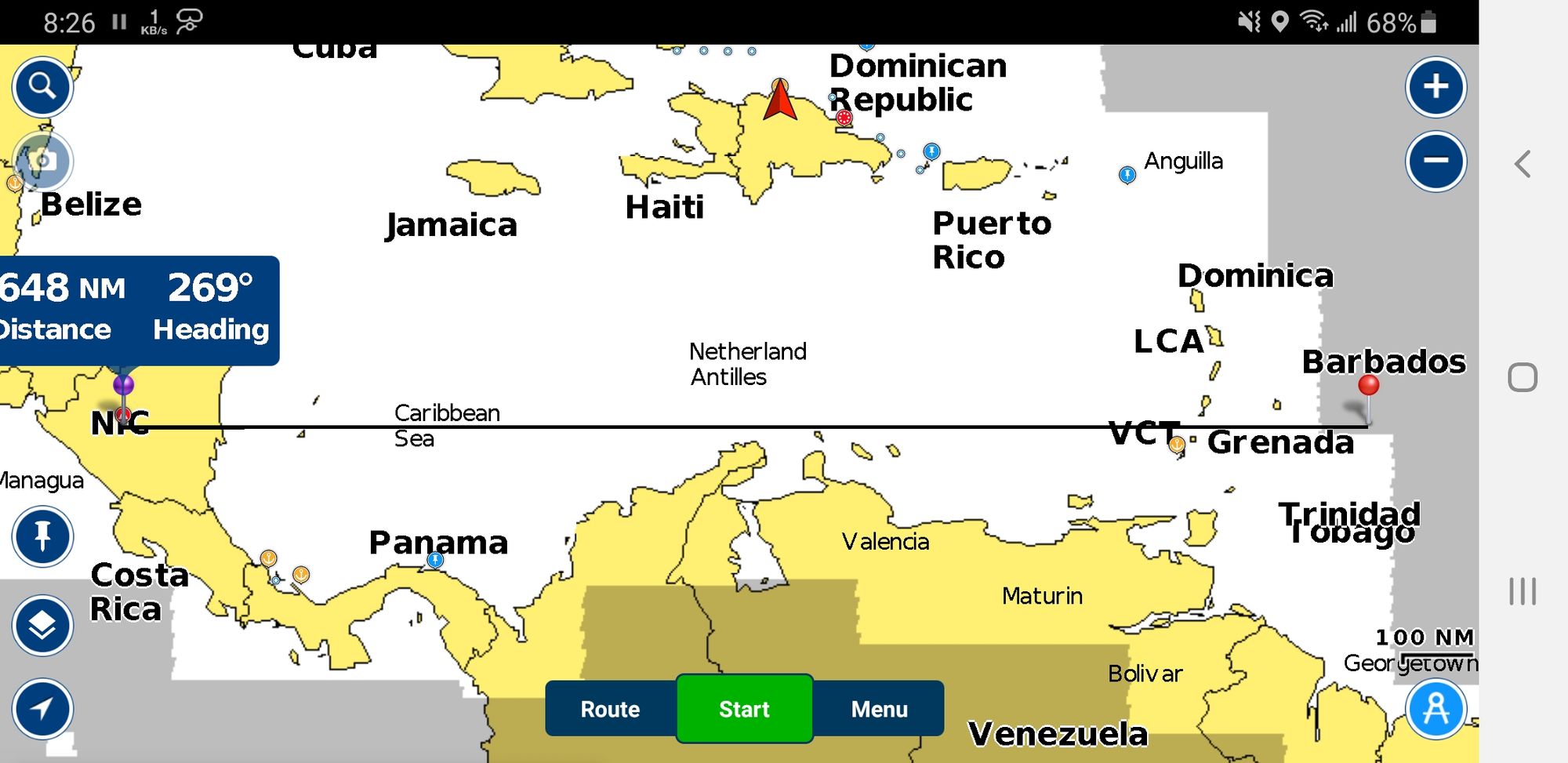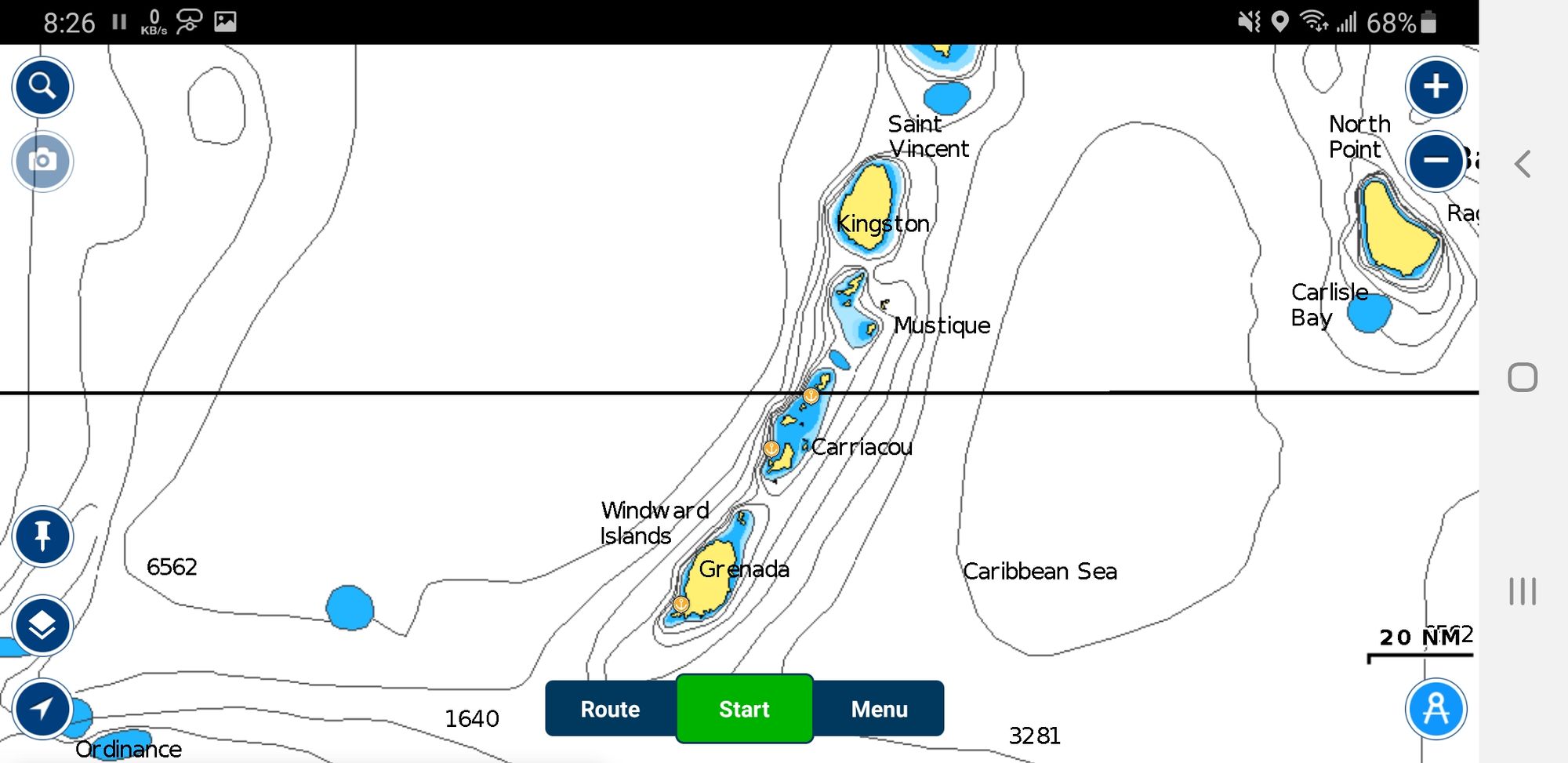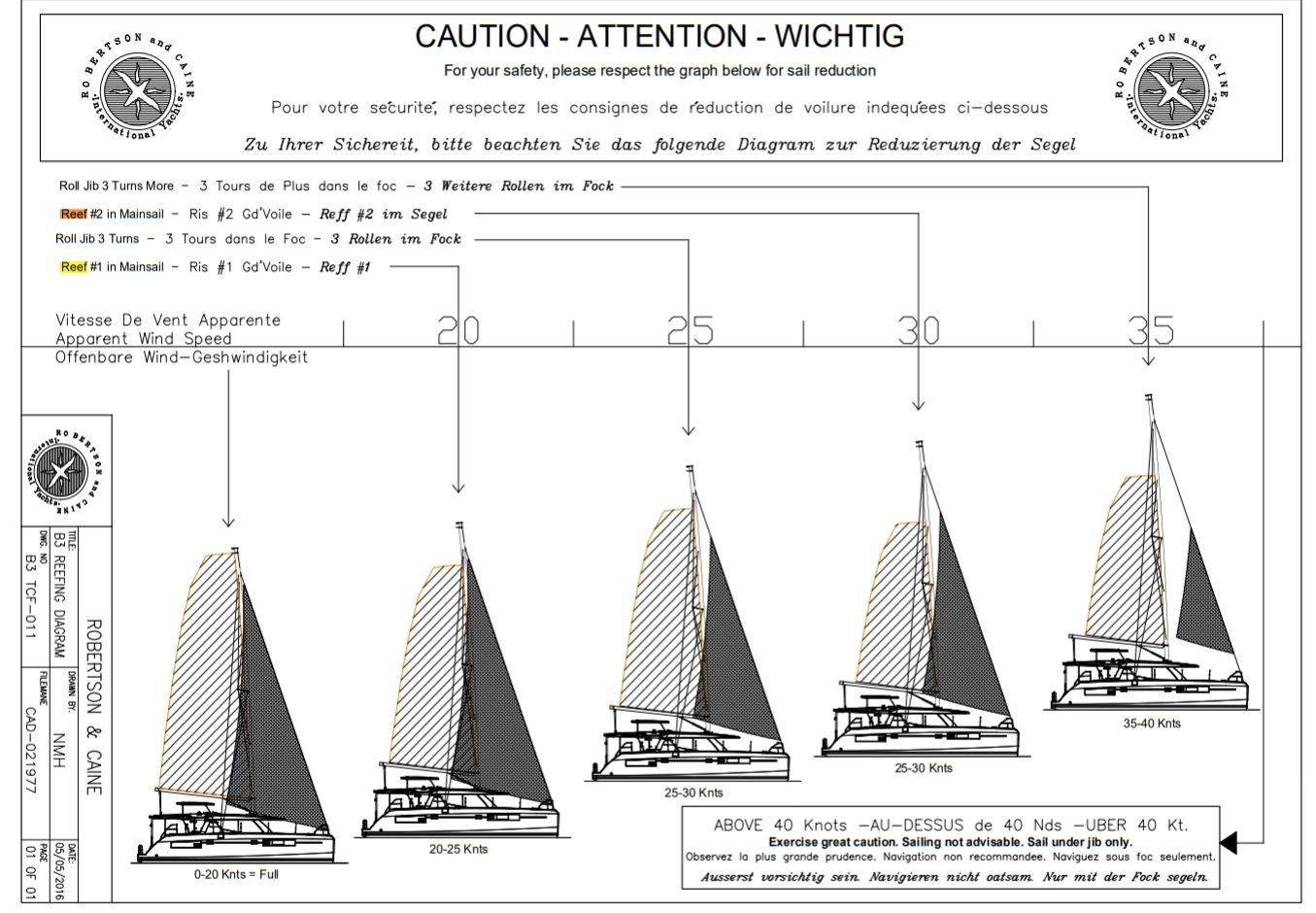Decisions and changes

Deciding where to go for hurricane season has been, and still is, a tough call.
Our insurance company policy says hurricane season is from July 1 through Nov 1, regardless of what meteorologists say. That's fine, we know what the rules are and we can follow them.
The only real requirement from the insurance company is to be below 12° 40' of latitude during hurricane season. This imaginary line crosses about half way through Nicaragua in Central America, and stretches eastward through the Caribbean, north of Grenada, part way through Carriacou, but south of St Vincent.


Back in 2021, while we were waiting for our boat to arrive, we were trying to decide whether to go to Panama or Grenada for hurricane season in 2022. Back and forth, discussions and ideas about both.
Eventually, we settled on putting names in a bucket. Every time we discussed the destination, we would write our vote on a slip of paper and put it in the bucket. Then, when we moved aboard, the votes were tallied, and the winner would be the destination.
Last year, Panama won by a landslide. And we loved it! We loved it so much, that we decided to go back this year. And then...
We read a report about an armed robbery on board a boat. Pirates came at night, stormed the boat, forced the owners into a lazarette, took everything of value, disabled their VHF radio, etc. https://safetyandsecuritynet.org/cssn-news-february-13-2023-armed-boarding-in-las-perlas-panama/
It was on the Pacific side of Panama, far away from where we would be, and the owners were mostly unharmed, but it was concerning to us. We checked with our friends in Panama, and got confirmation that this is super rare. Maybe our concern is unwarranted, we shouldn't let our imagination run wild. And then...
It happened again. Possibly the same pirates, similar area. This time, the pirates took the dog that was on board and abandoned it on a remote island. Ouch, this hit home, really hard. The dog was found and reunited with its family, thankfully... https://safetyandsecuritynet.org/cssn-news-march-28-2023-a-second-attack-in-las-perlas-panama/
And then it happened again, this time on the Caribbean side, in an area that we were likely to visit. Probably different pirates. It seems like they weren't successful, but there were injuries. https://safetyandsecuritynet.org/cssn-news-important-updates-to-report-of-assault-in-portobello-panama/
To be fair, violent crime happens all the time in the US. We aren't trying to paint Panama as a crime ridden country. For the most part, it is far safer than the US.
But these incidents caused us to resume our discussion about Panama vs Grenada. At the end, we decided to treat it as if we were asking whether we should reef the sails...let me explain.

When wind speeds increase, there is a process called "reefing", where you reduce the area of your sails that are exposed to the winds. For example, our mainsail and rigging can only handle the forces of winds up to 20 knots when fully raised; at first reef, they can handle up to 30 knots; at second reef, they can handle up to 40 knots.
On our boat, the rule is that if one of us asks, "Should we reef?", the answer is always yes. Without hesitation. If there is a seed of doubt, even if the wind speed is lower than the maximum for the current setup, then follow your gut and do the safe thing, even if it ends up being unnecessary.
We are viewing this decision about Panama vs Grenada the same way. We have a seed of doubt about the safety of boaters in Panama, so this year we will spend hurricane season in Grenada.
Hopefully things will calm down in Panama, the pirates will be captured, and cruisers will be safer. We will go back to Panama, for sure. It's a question of when, not if.
But, for now, Puerto Rico, the US Virgin Islands, and Grenada beckon!